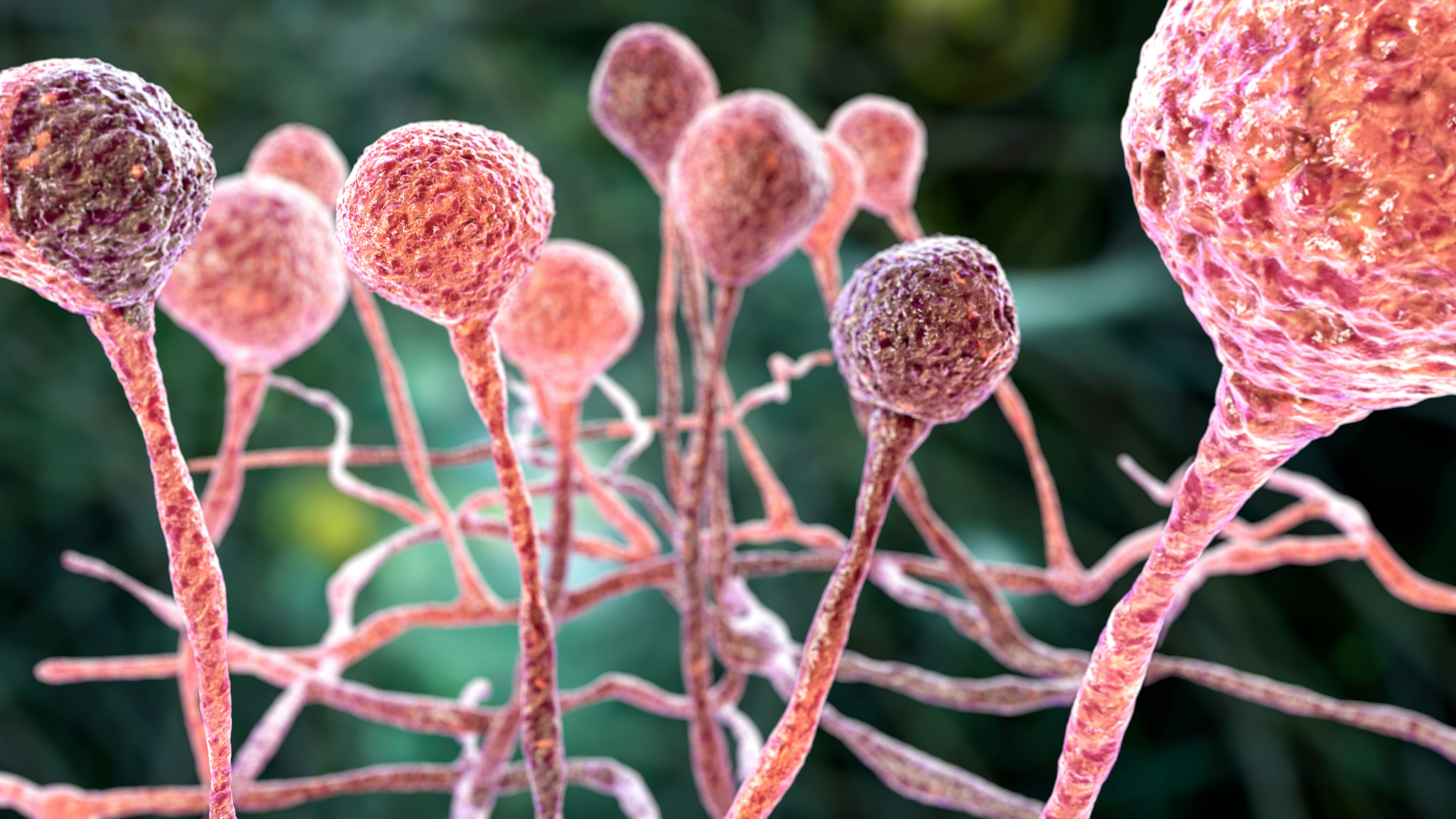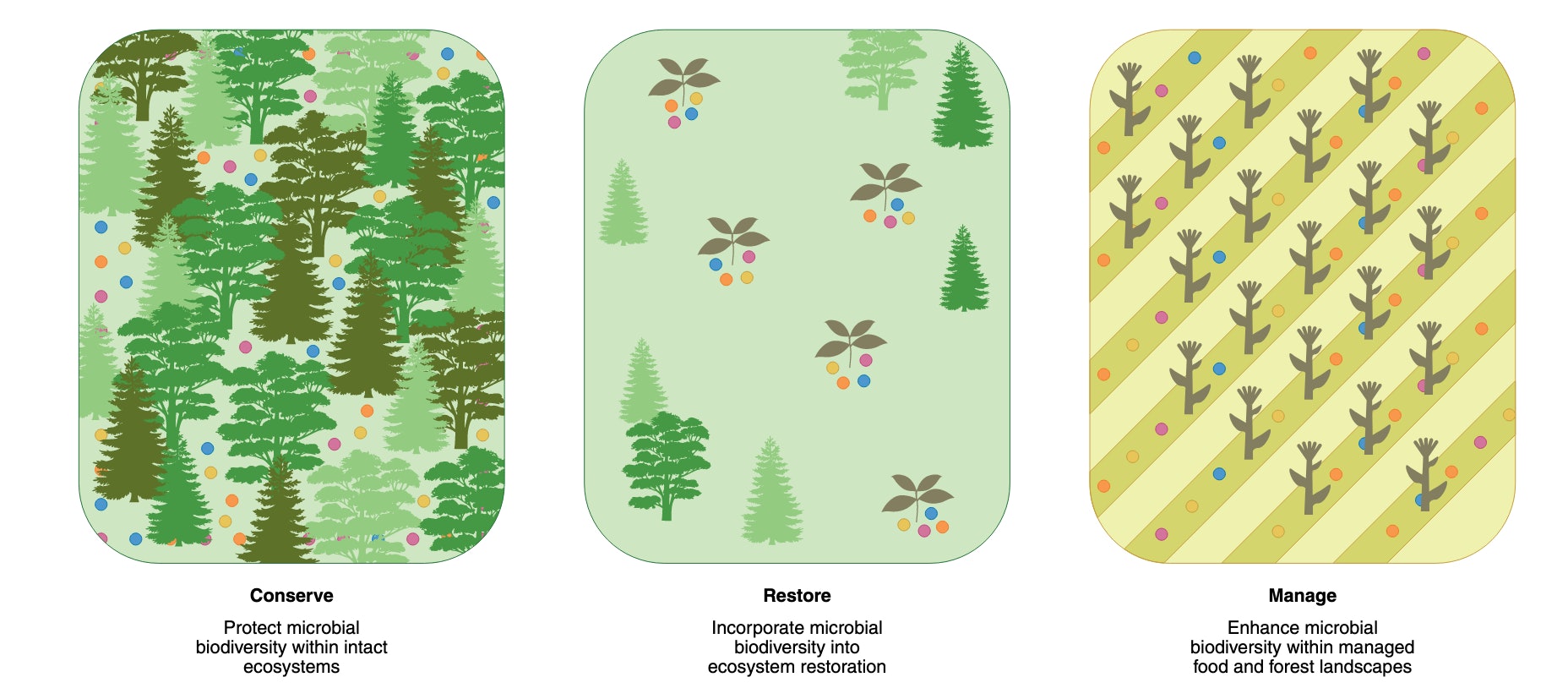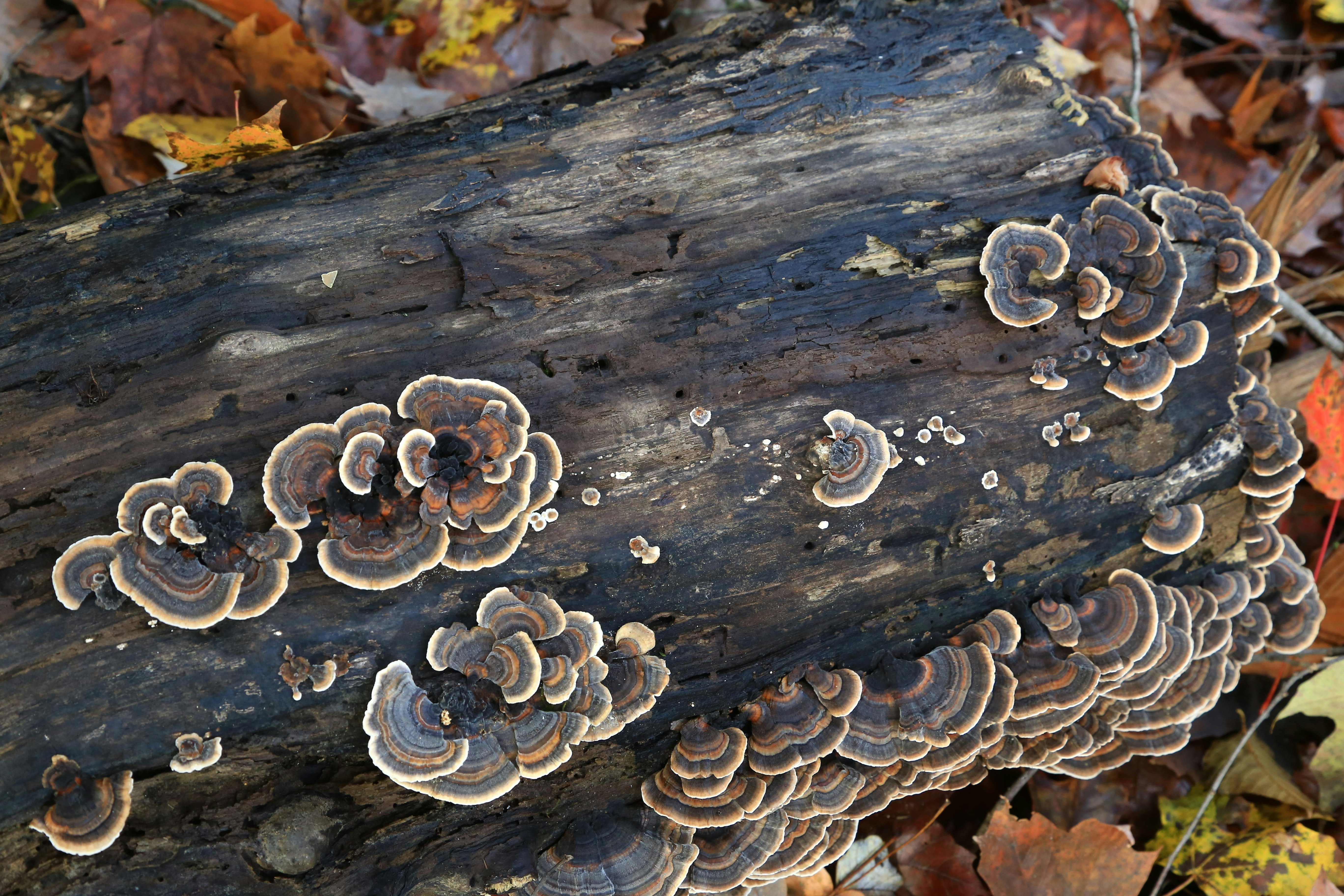
For all the attention we pay to our human microbiome, we are still neglecting Earth’s microbes, according to a new scientific paper, and the consequences could be devastating for our planet.
“Microbial life was the first to inhabit our planet and will probably be the last,” the study authors write in the paper. The findings were published Monday in the journal Nature Microbiology.
The context you need — You’ve probably heard about the gut microbiome, which encompasses all the bacteria and other teeny tiny critters scurrying around our digestive tract and affecting our overall health.
Similarly, Earth’s microbiome includes all the microscopic organisms, like viruses and fungi, on our planet, but especially in our soil. Earth’s microbes play vital roles, from mitigating disease transmission to regulating greenhouse gases and nutrients.
Agricultural land development and nitrogen pollution have been linked to a 45 percent decline in European mycorrhizal fungi, which are fungi in the soil that attach to plants’ roots. These root fungi help plants absorb nutrients and water while the fungi grow. Modern developments like changes in agriculture and farming lead to the homogenization of soil microbes.

Homogenizing soil microbes lead to a decline in both the overall number of microbial species as well as their diversity. In other words, the microbes that make “geographical locations microbiologically and functionally distinct” are on the decline, per the paper.
In this study, researchers analyzed 80 scientific experiments to conclude how Earth’s microbiome diversity benefits the planet — and stressed the three crucial ways we need to protect these microbes from extinction to safeguard our future.
Conserve Earth’s microbes
What they found — The scientists use their data to make a case for three different ways of preserving Earth’s microbes.
“You cannot manage what you do not measure,” the researchers write in the new study. In recent years, scientists have used DNA sequencing to develop genetic databases on microbial life on Earth. The researchers in the Nature paper propose three ways to guide these measurements and help us conserve microbial life.
First: Expand the geographic coverage of microbiome monitoring to “less disturbed regions that are the last strongholds of biodiversity.”
Areas of Earth with greater biodiversity that haven’t been devastated by human activities may host unique microbes, and we need to take steps to monitor them. According to the paper’s analysis of 10,000 observations from the Global Fungi Database, there are “clear and persistent gaps” in microbial monitoring in Africa, the Amazon, Southeast Asia, and the high latitudes of Canada and Russia.
Second: These surveys of the microbiome need to be repeated over time, especially in places where we now we are fast losing biodiversity, like the mycorrhizal fungi in Europe.
Third: Scientists need to transparently share their data on open access platforms so researchers across fields can identify threats to microbial diversity.
Since most of these microbes are below ground, we can’t monitor them using planes or satellite technology, so researchers across the world will need to take a “decentralized” approach to figure out the best way to monitor microbes in their region. The African Microbiome Initiative, European LUCAS soil survey, and China Soil Microbiome Initiative are a few different regional approaches.
The researchers recommend several next steps forward in microbial conservation, such as expanding the IUCN’s Red List of Threatened Species to include microbes, as well as adopting “no-till” agricultural methods that can preserve soil microbes.
Restore Earth’s microbes
In recent years, we’ve seen a boom in ecosystem restoration efforts, from the UN Decade on Ecosystem Restoration to tree planting programs to the “30 by 30” initiatives to set aside 30 percent of Earth’s lands for restoration by 2030. Now, researchers are proposing we undertake similar restoration efforts for Earth’s overlooked microbes.
“However, when we restore ecosystems, for example, by planting trees, we rarely think to ‘plant’ the associated microbiome,” write the researchers.
Soil transplants, which involve moving microbes from one soil community to another, could be one low-tech approach to restoring microbes in another ecosystem, according to the paper. The Nature report summarizes previous research — ranging from restored prairies in the American midwest to fungal reintroduction in Hawaii — to highlight how soil transplants can not only produce more microbially diverse communities but also restore entire ecosystems.

According to the researchers’ analysis of prior studies, reintroducing wild microbes stimulated plant growth by an average of 64 percent, but in some places, the benefit was a whopping 700 percent growth. Yet, the scientists also caution that such restoration will not be “universally successful” and depends on location-specific factors. Soil transplants also necessitate the excavation of soil, which can actually destroy microbial communities.
“It would be incredibly valuable to develop ways to introduce wild microbial communities without destructive soil excavation,” write the study authors.
Manage Earth’s microbes
The researchers’ final recommendation concerns “managed” landscapes like agricultural and forest ecosystems, which constitute about half of the Earth’s land surface. As a result of the Green Revolution in the twentieth century, farmers were able to maximize efficiency in crop outputs to feed an ever-growing population.
But such methods also created monocultures — large-scale plantations of a single crop, like corn or apples. Because of their low genetic diversity, monoculture systems are more vulnerable to the ravages of climate change, and they degrade soil quality. As a result, science-based startups are trying to improve the climate resiliency of managed landscapes by applying large quantities of a single fungi species to farmland.
Researchers call these efforts a “missed opportunity” to improve the overall microbial diversity of the agricultural land. Instead, we should seek out approaches such as Japan’s “‘Effective Microorganisms” initiative, which aims to build a diverse portfolio of locally sourced bacteria — as opposed to non-native species — and yeast to improve crop output. Basically, you grow these native microbes in a culture, then apply them as a solution to plants or soil.
The researchers believe this approach can help farmers maximize greater crop production while also preserving the microbial diversity in these local ecosystems, but also stress that a “healthy” soil microbiome will vary depending on the ecosystem.
Why it matters — According to the new research, “current trends suggest that more than 90% of the Earth’s soil will experience significant erosion by 2050.”
Conservationists and scientists that focus on solutions to the soil or climate crisis without including microbes are overlooking an integral function of ecosystems. The researchers cite an example of microbial restoration in Finland, where scientists reintroduced threatened fungal species on decaying logs, thereby promoting mushroom growth. Similarly, researchers found reintroduction of mycorrhizal fungi improves vegetation growth in previously barren mining landscapes in Estonia.
By harnessing the biodiversity of microbial life, researchers argue we can add another tool in our fight to build more ecologically resilient, healthy ecosystems.
What’s next — To that end, the researchers first call for better global monitoring of microbes on a scientific scale never seen before.
They also say scientists should integrate this new microbial data into existing conservation and ecosystem restoration efforts.
Finally, we can apply our knowledge of microbe restoration to maximize growth and biodiversity in managed landscapes like farms and forests, which will ultimately help us feed a growing global population. The future may still be hopeful — so long as there are more microbes in it.







